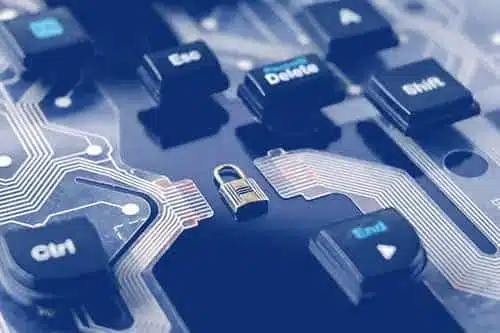HCL DX and Domino End of Support: Key Dates and What to do Next
May 2, 2025
3 min read
May 2, 2025
3 min read
If you’re an HCL user, you might have already heard about the upcoming HCL end-of-support (EOS) dates for two of its products. HCL Domino, version 11.0 is slated for EOS on June 26, 2025, and the HCL Digital Experience versions 8.5 and 9.0 family (including Portal Server, Web Content Manager, and Content Manager) will follow suit on June 30, 2025.
When a software solution moves to end-of-support status, it can be a disruptive time for your business, but it doesn’t have to be. There are solutions beyond OEM support.
Let’s start by looking at these particular software products and what they do, and then, we’ll examine the available options for users.
HCL customers who have invested in Digital Experience (DX) use it for internal communications or customer-facing portals. The technology allows users to access numerous applications and integrate them at the internal or external interface. DX is also a content-management tool.
DX is a critical application that generates revenue or provides services to a customer base. For example, a bank might use the software to provide an interface for customers to check their balances, look at their loan status, or find information about payments.
HCL Domino version 11.0 is used for workflow applications, including email, messaging, scheduling, and collaboration. Additionally, it enables the creation of applications to help with workflow and business process challenges.
The product is popular with businesses of all sizes, from small- and medium-sized enterprises to large organizations, because it is a versatile and coding-light app development and deployment system.
Users of the versions of Domino and DX that are moving to HCL end-of-support status need to maintain IT operations without disrupting the current usability or their end-user customer experience. One option is to pay more to upgrade to a newer version and go through a complex migration, risking change, and without much being promised in return.
The selling point of the newer version is that it will be cloud-based. However, that means users must reinstall everything in a different format with changed binaries and install codes. Some of the product’s features and functions are also likely to change in updated versions.
For HCL customers who use container (non-cloud) servers, there is a range of issues to mitigate. They will need new licensing, more servers, and more resources to run in this cloud-native system.
DX and Domino have specific challenges when moving over to cloud-native environments. These HCL products are integrated with other software and apps, which could cause other migration challenges. In fact, in some cases, HCL customers who made the move have had to revert back to how their system was pre-update.
Another challenge is that HCL is will no longer renew perpetual licenses for some products. On June 30, 2025, all Digital Experience entitlements and product support will be available only by upgrading to the HCL Digital Cloud Native 9.5, which is a consumption-based, subscription offering.
Customers who use cloud and/or on-premises versions of Digital Experience 9.5 will be moved to a subscription- and consumption-based pricing model that HCL claims will lower the platform’s total cost of ownership. However, it appears that HCL might only be considering their idealized customer in that statement. Only those with the funds, technical infrastructure, and wherewithal to continue actively investing in the platform will get the most from a potential changeover.
So, in addition to the investment in retooling the technology and unwelcome changes, many customers are now moving into a more uncertain licensing scenario, and in some cases, HCL price increases.
EOS only means end of support from the original software vendor.
With an independent provider like Origina, you can maintain support of your current versions of DX and Domino for as long as you need them — without overhauling or altering your software infrastructure.
The right software maintenance partner can help businesses avoid unnecessary upgrades and extend the life of existing systems. Mission-critical software can be optimized and secured, preventing the build-up of unused features and rushed implementations, while remaining fully supported on a timeline that puts you in control—not the vendor.
Gain insight into industry-only news, access to webinars, tips and tricks, blog posts, podcasts, and guides, surrounding topics like cybersecurity, reducing software support and maintenance costs and much more, all delivered to your inbox each month.
LEARN MORE